PIGMENT YELLOW 139 – Introduction and Application
Pigment Yellow 139 is a red shade yellow pigment with high color strength when used in plastics. It is recommended as a replacement for diarylide and lead chromate pigments. Potential reaction of PY139 with alkaline additives can lead to discoloration and a reduction in properties.
Another advantage of Pigment Yellow 139 is, it has low warping in HDPE. Suitable for PVC, LDPE, PUR, rubber, PP fibers, and limited use in HDPE/PP.
In coatings, Pigment Yellow 139 is a reddish yellow pigment with excellent fastness to light and weather, especially in deep shades. Very good opacity for an organic pigment. Eminently suitable for the production of intense opaque yellow shades for lead-free or low-lead paints. It should be borne in mind that the resistance to very strong alkalis in some binder systems is unsatisfactory. With inorganic pigments to instead of chromium yellow. Suitable for Automotive Paints, Industrial Paints, Decorative Paints. You can see fastness to solvents are all good in below linked specification, as well as its excellent fastness properties.
Another topic which is popular, more and more people use Pigment Yellow 139 to replace Pigment Yellow 83 now. In the past, Pigment Yellow 83 is widely used. Due to the rising cost of raw materials and serious supply shortage, Pigment Yellow 139, which has same shade (reddish yellow), become a replacement with cost effective advantage. Please particularly note heat resistance, Pigment Yellow 139 can reach 240C while Pigment Yellow 83 can only reach 200C. Do not use Pigment Yellow 83 in polymers at temperatures over 200C. Decomposition of Diarylide Pigments in polymers at temperatures above 200C can produce trace amount of harmful aromatic amines.
Links to Pigment Yellow 139 Specification: Plastics application; Painting and Coating application.
Post time: Dec-03-2020




